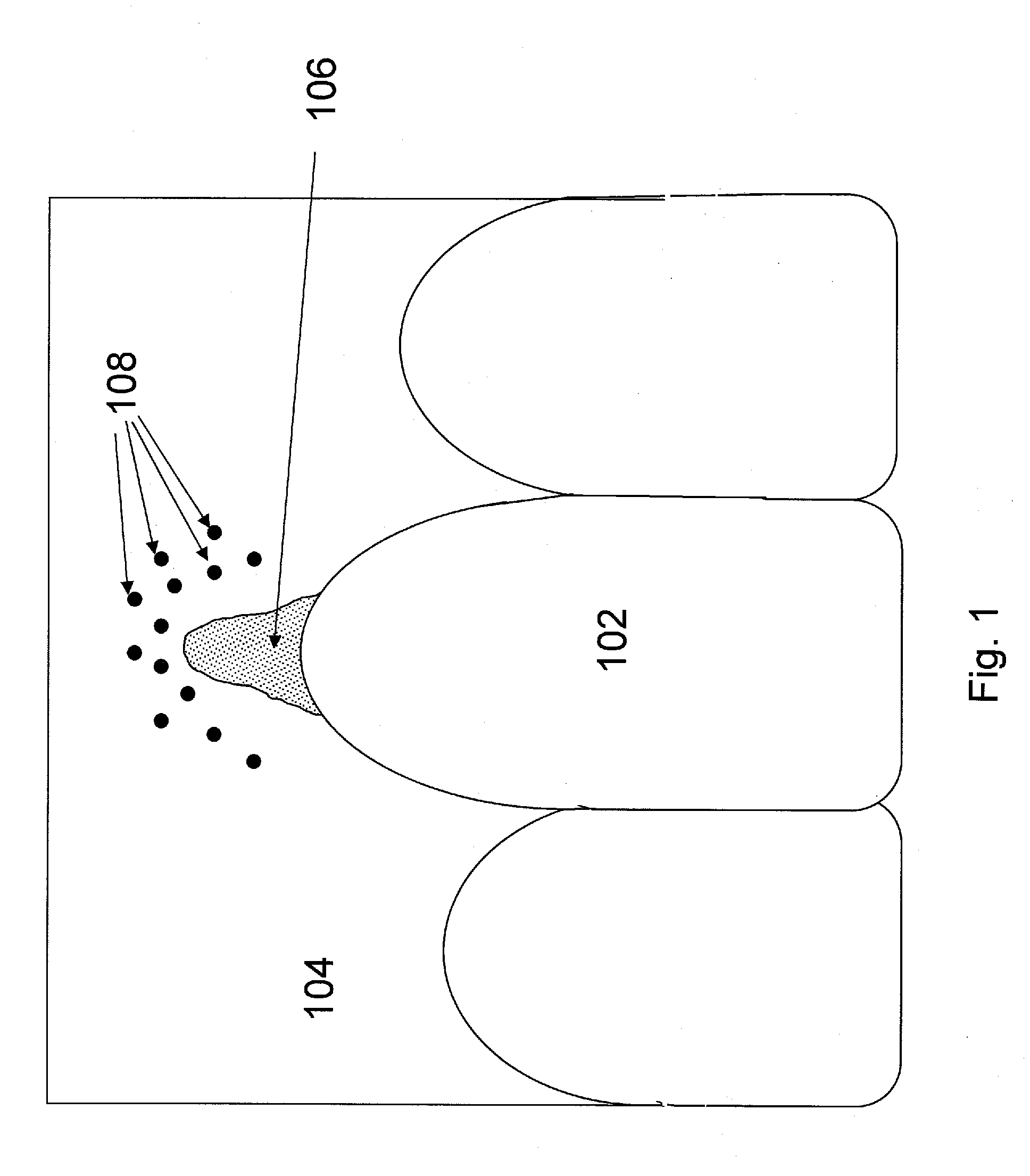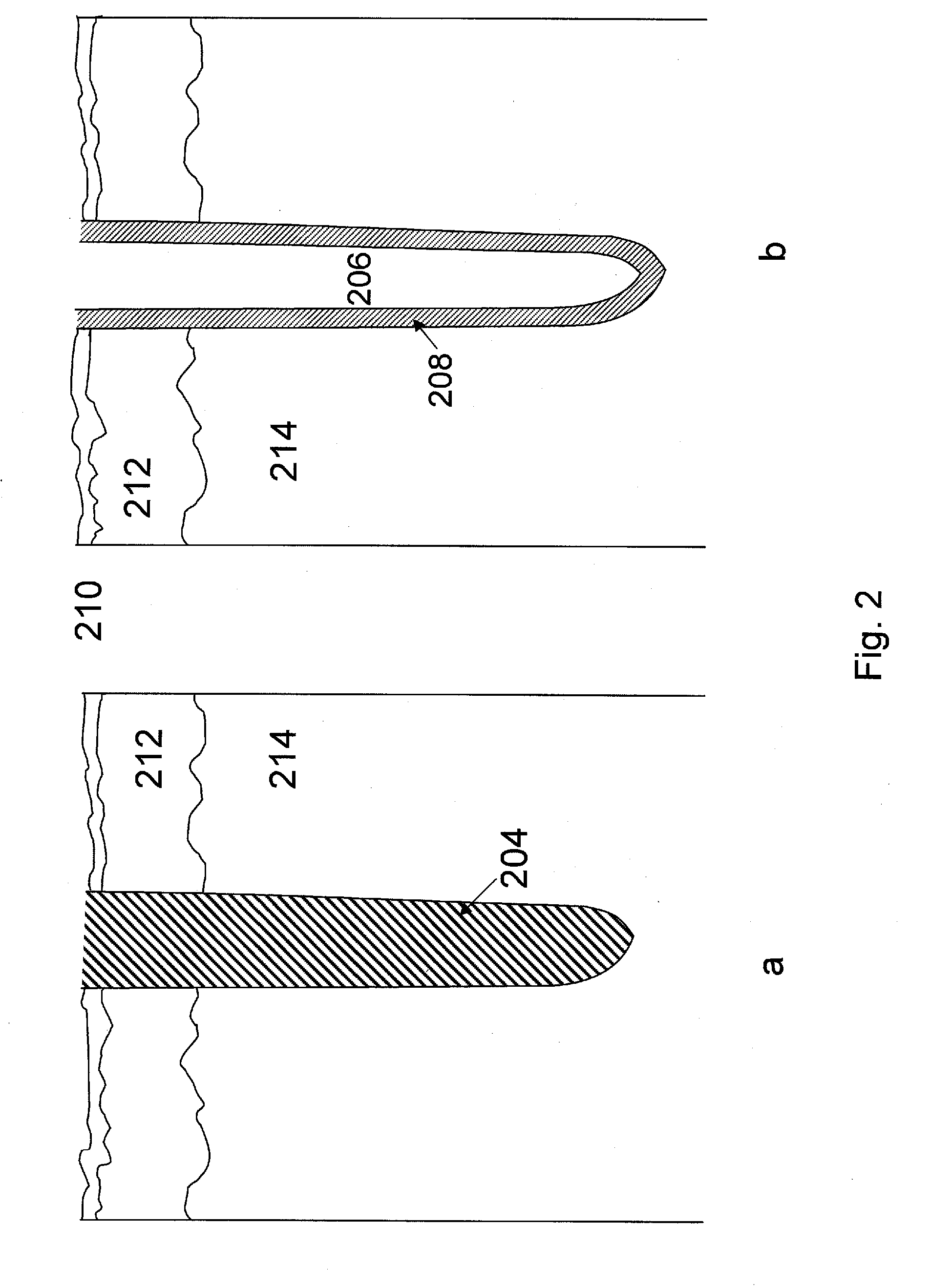Dental diseases are some of the most widespread problems of
human health.
But even for the
surgery the results are not always consistent.
Surgical techniques are the only practical choice for the aggressive or advanced
disease; however they are expensive, invasive and may have side effects and complications.
Gum recession or gingival recession is a big clinical problem affecting a majority of the general
population.
Gingival recession puts the patient at risk for
root caries and abrasion /
erosion of roots due to
exposure to the oral environment.
Gingival recession has significant negative
impact in
cosmetic appearance and needs correction as a part of smile design procedure.
The patients frequently suffer from
dentin hypersensitivity and esthetic discomfort.
Surgical techniques can be quite successful, however they are naturally invasive and traumatic, expensive and have the potential for
surgery risks and complications such as infection, poor
wound healing, etc.
Gingival recession around implants is another serious problem reducing the rate of success for such expensive and complex procedure as
implant placement and loading.
Another problem arises from deficiencies of interdental and interimplant papilla in the
oral cavity.
The loss of inter-dental papilla can create phonetic problems, food impaction, self
consciousness (spiting while talking) as well as cosmetic deficiencies (the black triangles
disease).
Although various treatment modalities have been proposed to restore the absent interdental papilla, the
predictability and long-term stability of these procedures remain questionable.
Dentinal hypersensitivity can arise through incorrect
tooth brushing, gingival recession, inappropriate diet, and because of other factors.
Consequently, the creation of a
smear layer or obliteration of the tubuli can greatly reduce the sensitivity.
As with other conditions,
efficacy of non-invasive methods is limited and
invasive treatments are not desirable because of pain, discomfort and higher cost associated with them.
It is estimated that 42% of Americans over the age of 65 are toothless (edentulous), and in this growing segment of the
population, edentulism reduces the
quality of life, impairs
nutrition and requires costly treatments.
A reduction of
saliva may lead to complaints of a
dry mouth, oral burning or soreness or a
sensation of a loss of or altered taste.
Another manifestation may be an increased need to sip or drink water when
swallowing, difficulty with
swallowing dry foods or an increasing aversion to dry foods.
Lack of
saliva increases susceptibility to infection of the oral cavity and oropharynx and increases probability to develop dental caries.
If the patient's xerostomia is caused by the
side effect of a
drug, the dentist can recommend an alternative medication, but this course may not be beneficial if the alternate
drug has a
mode of action similar to that of the original
drug.
The
efficacy of all existing techniques to manage xerostomia is limited and more effective approaches are needed.
While other (less common) causes of
bad breath also include
reflux, sinus infections, pneumonia,
bronchitis,
kidney failure, metabolic dysfunction,
cancer, etc., the most difficult for management cause of halitosis (in people with excellent
oral hygiene) is due to bacterial overgrowth in the back part of the tongue.
Tongue scrapers or cleaners are slightly more effective than toothbrushes as a means of controlling halitosis in adults, however the effects of
tongue cleaning using scrapers or brushes appeared to be very short lived and there was some evidence of tongue trauma which occurred with prolonged use of tongue scraper.
 Login to View More
Login to View More  Login to View More
Login to View More 


